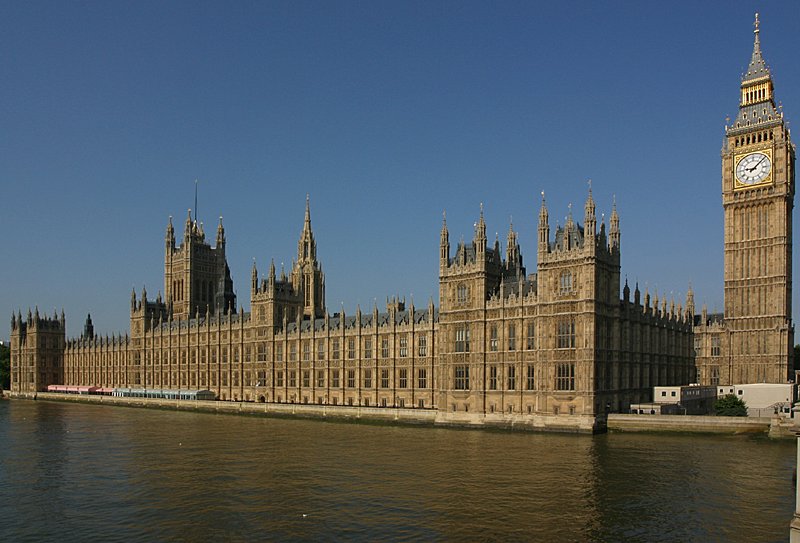Opus Project/ 13th Week Prompts
Meditation/celebration
During and after the World War II, Modernism was developing and growing in America. New ideas were being interpreted and new options were being considered. This period of Modernism could be classified as a period of meditation/reevaluation for the future and base of many upcoming features in architecture. At the same time, meditation created some sort of celebration within the buildings. For example, for Van der Rohe the Barcelona Pavilion, like Patrick Lucas said in class, “is itself the content of view. Rather than what is in it”. Celebrating only how the building looks like becomes true throughout the time and becomes more and more notorious not only for Rohe but for many other architects. The building is celebrated by its material, style and designs and the rest is taken as a secondary “celebration”.
In the Catholic religion the so-called “holy week” is meant to meditate the passion of Christ. This is celebrated normally when schools are in spring brake, but not every school coincides with this event. Normally private/Catholics schools tend have spring brake in that week so that people can focus on the holy week. It is a very important week for the Catholic religion because is when the people kill the son of God but then he rises and proves himself once again Jesus, the son of God. That is the day then called Easter. It has been interpreted in so many ways nowadays, but for Catholics is the celebration of the faith and a remembrance of the past.
literal/abstract
The ways of interpreting things can be taken literally and also abstractly. We can find architects that literally write down a rule and live up to it. IN the case of Corbusier, he invented the five rules of architecture. He thought that the best desing was the simplest. A building that was above level supported by pilotis, with no need of supporting walls, a flat roof, large flat windows and a smooth façade would be considered literally a work followed by the rules of Corbusier. Instead other architects were more abstract, trying to set aside the general rules and create their own. This way of thinking was one factor that led Modernism have a competitor, that it, post modernism.
In my Desing Perspective class we have argued and discussed about the authenticity of structures and their role in one persons self. In order to understand the idea that one can see oneself in a building or a thing one has to forget about anything literal and think abstractly. The idea is that if one does not break the literal understanding of things one cannot find the supernatural meanings of things. One has to go beyond literal proves and expose oneself to something that has not been written down, or proved to be as it is. To see oneself in a building requires being abstract and becoming free of thought.
Monologue/dialogue
I believe that the Sydney can be a perfect example of a monologue and a dialogue. The Sydney Opera House has been an iconic piece for the people of Australia. The Opera house has created a dialogue with the people in such a way that it has become a hot point for tourists to visit. But the Opera house has one particular problem, that is, the inefficiency of the theater design. The Opera House has the particular problem the sound is not projected, as it should be, creating a monologue between the singer/presenter in regards of the real use of the building. Therefore, once again, the theory of the content rather than what is in the building is confirmed. Phillip Johnson says, “Purpose is not necessary to make a building beautiful…” in other words, why care about of the purpose if we just want to make it beautiful.
In my Family and Relationship class we find that communication is essential for any relationship, that is, married, dating, and friends. One has to be sure to create conversations throughout the relation in order to create a full dialogue between the relationships. The worse thing one can do in a relation is to be the promoter of a monologue. A monologue will not take you anywhere when there is a need of conversation. It creates conflict, uncertainty, doubts, in a relationship and one does not one to be in a situation where one is unhappy because of lack of communication. Communicate is simple as long as the person is able to be open and create a converse, a dialogue, otherwise the relation will not work and will got to an end.
Labels: Opus Project















